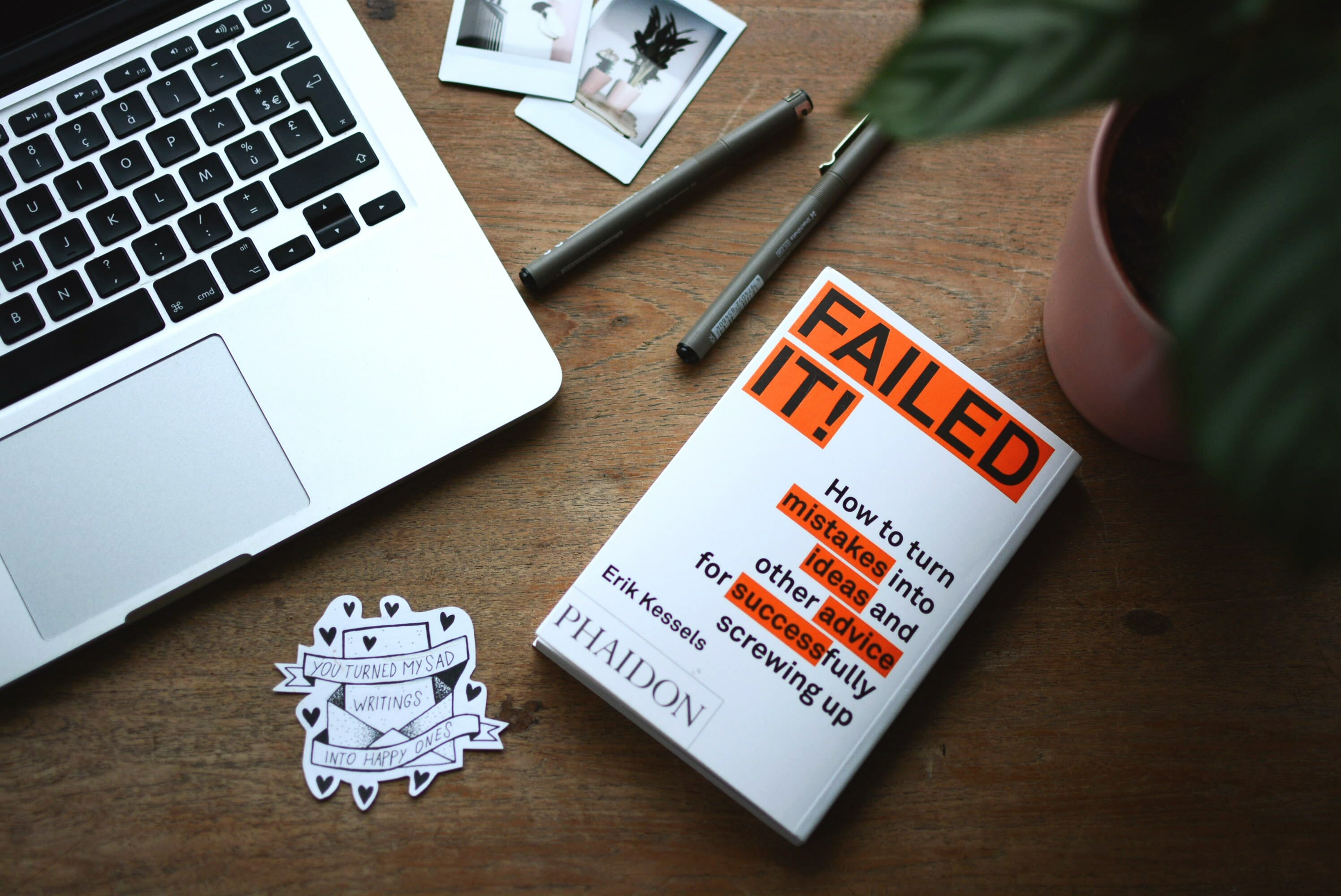One of the greatest software known to web designers are prototyping tools. These types of software help you solve all your web design problems even before you start working on the project and writing code. As technology has grown leaps and bounds, so has the demands of your clients. These days, clients love to see prototypes that can interact with the user so that they get a better understanding of how their ideas and concepts come to life.
As a web designer, prototypes help you in pitching your idea to your clients. It helps you fine-tune the web design to meet the requirements of your clients. It also allows you to test the logic of your ideas as you can represent them visually.
However, when you do a simple Google search for prototyping tools, you will be flooded with hundreds of software. How do you know which is the best software for all your web design needs and requirements? Don’t worry because we, at Mouth Media, have made the entire process easier by making a list of prototyping tools that every web designer needs to know about:
Framer ($15 per month)
Framer is an extremely well-liked prototyping tool in the market. Framer’s potential is unmeasurable as it uses codes for prototyping, giving designers the freedom to create mind-blowing web designs. The only drawback with Framer is that it has a steep learning curve because of the extensive use of exclusive codes.
However, if you wish to learn these codes, it is very easy to pick them up thanks to its structured documentation. It also comes with a myriad of examples, giving you a better idea of how to use those codes appropriately. On top of that, the Mac app of Framer allows you to see the effect of the codes on the web design as you write them. Another great advantage of Framer is that your prototype can use live-data.
InVision (Free)
InVision is extremely popular prototyping tool in the web design industry because of its collaboration ability and reliability. You can use InVision among a large team of web designers as it comes with a host of collaboration features. For example, it has a page for project management, where you can add labels to alert your fellow team members. Similarly, you can add comments to the prototype. Every time one of your team members edit the prototype, it gets updated on all devices.
At the same time, the developers of this software continue to add features, to improve its functionality. For starters, you can take a look at your prototype on smartphones. It also integrates with apps such as Google Drive, Creative Cloud, Slack, and Dropbox.
Origami (Free)
Origami was first built by the Facebook team so that they could use it to design and develop products. Origami is the only prototyping tool in the market that allows you to use all its features for free. Once you get Origami up and running, it is straightforward to start building prototypes that can simulate page links, swipes, taps, and scrolling.
If you are a first-time user, you can go online and look for tutorials. You can import all the designs you make on Photoshop and Sketch. You also have the freedom to transform, animate, and link the designs to meet your requirements. The only drawback with Origami is that your team members cannot comment on the prototypes directly.
Principle ($129)
A former employee of Apple was the brain behind the development of Principle. It is a prototyping tool that makes it straightforward to add interactive and animated user interfaces. It comes with a record feature, allowing you to export your prototypes as a GIF or a video and share it with your team members and clients.
If you have used Sketch before, you will find the user interface of Principle to be familiar. Thanks to its art-boards, you can observe the changes your work makes on the prototype. At the same time, you can mirror the prototype to your iOS device.
Webflow ($16/$35 per month)
The biggest advantage of Webflow is that you can create a prototype even if you don’t know anything about coding. Webflow uses a visual interface, allowing you to create and customize your design according to your requirements. Once you add the finishing touches to the prototype, you can make it into a website that is ready for production by clicking on a button. It also allows you to export the prototype of your web design into code, if necessary.
Use these tools to create a prototype that matches the needs and requirements of your clients. However, if you are unable to convert your prototype into a working website, why don’t you contact Mouth Media? Our professional web designers and developers will bring your concepts and ideas to reality at a fraction of the cost!


